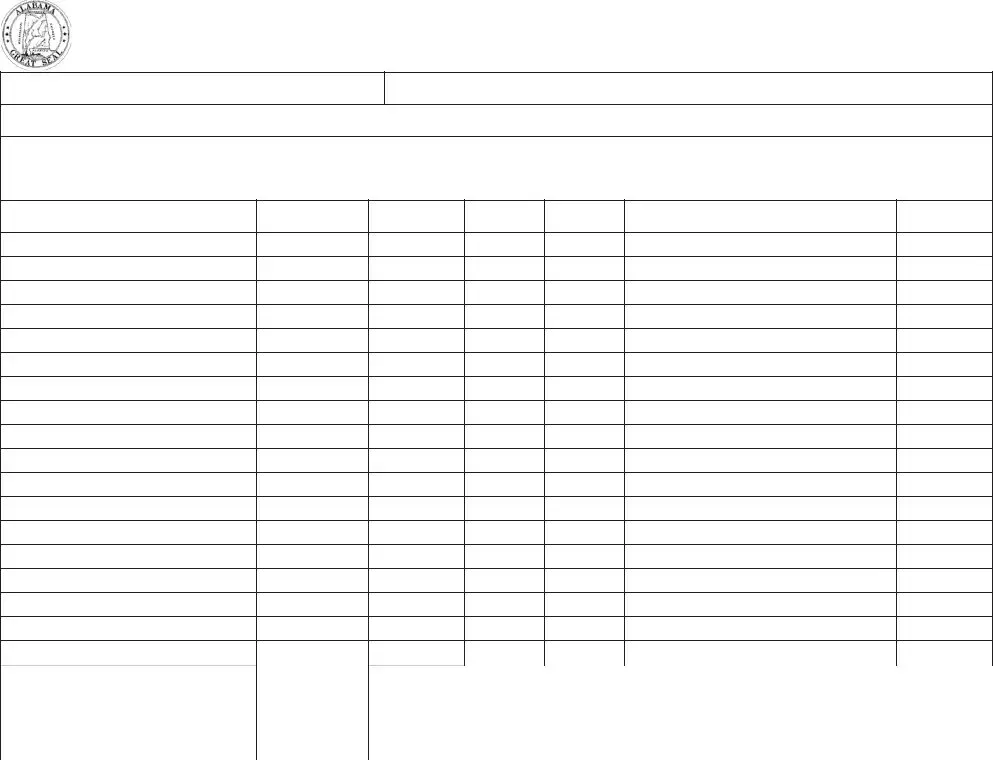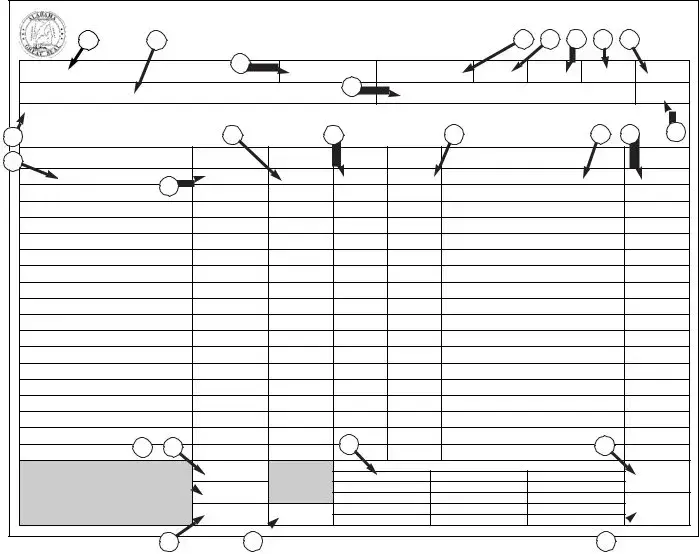What is the Alabama IRP-44 form used for?
The Alabama IRP-44 form, also known as the Individual Vehicle Distance and Fuel Record, is used by carriers to record and report the distance their vehicles travel and the fuel purchased within each jurisdiction. It's a crucial document for businesses involved in interstate transportation, as it aids in the accurate calculation of fuel tax obligations under the International Fuel Tax Agreement (IFTA) and the International Registration Plan (IRP).
Who needs to fill out the IRP-44 form?
Any carrier operating commercial vehicles across state lines that are registered under the IRP and/or are part of the IFTA program needs to fill out the IRP-44 form. This includes carriers who operate trucks, trailers, or buses that travel in Alabama and other states or jurisdictions. Keeping accurate records on this form is essential for tax reporting and compliance purposes.
How often should the IRP-44 form be completed and submitted?
The IRP-44 form should be filled out and maintained regularly for each trip made by a vehicle. While the form itself is not submitted on a regular schedule, the information recorded on it must be compiled and reported quarterly to the Alabama Department of Revenue for IFTA purposes, and annually for IRP purposes. It’s important to keep these forms on file, as they may be requested during an audit or review process.
What information is required on the IRP-44 form?
The form requires detailed trip information, including the carrier’s name, Federal ID number or social security number, address, IFTA/IRP account number, trip number, fleet number, trailer and truck unit number, driver’s signature, type of fuel, trip origin and destination, odometer readings at the start and end of the trip, mileage by state, highways or routes traveled, dates of travel, and details of fuel purchased (including vendor name and address, number of gallons, etc.). This comprehensive data helps calculate the total distance traveled and fuel used per jurisdiction.
What happens if the IRP-44 form is not accurately filled out?
Failure to accurately complete the IRP-44 form can lead to issues with tax reporting, potentially resulting in audits, fines, and penalties. Inaccuracies on this form can lead to underpayment or overpayment of fuel taxes. Proper and precise record-keeping ensures compliance with tax laws and regulations, preventing legal and financial repercussions for the carrier.
Can the IRP-44 form be filled out digitally, or is a paper form required?
While paper forms are commonly used and may be required in some instances, digital solutions for filling out and storing the IRP-44 form are increasingly available and accepted. Utilizing digital record-keeping methods can enhance accuracy and efficiency in managing trip reports and fuel records. However, carriers should consult with the Alabama Department of Revenue or their compliance provider to ensure that their method of filling out and storing these records meets all regulatory requirements and standards.

